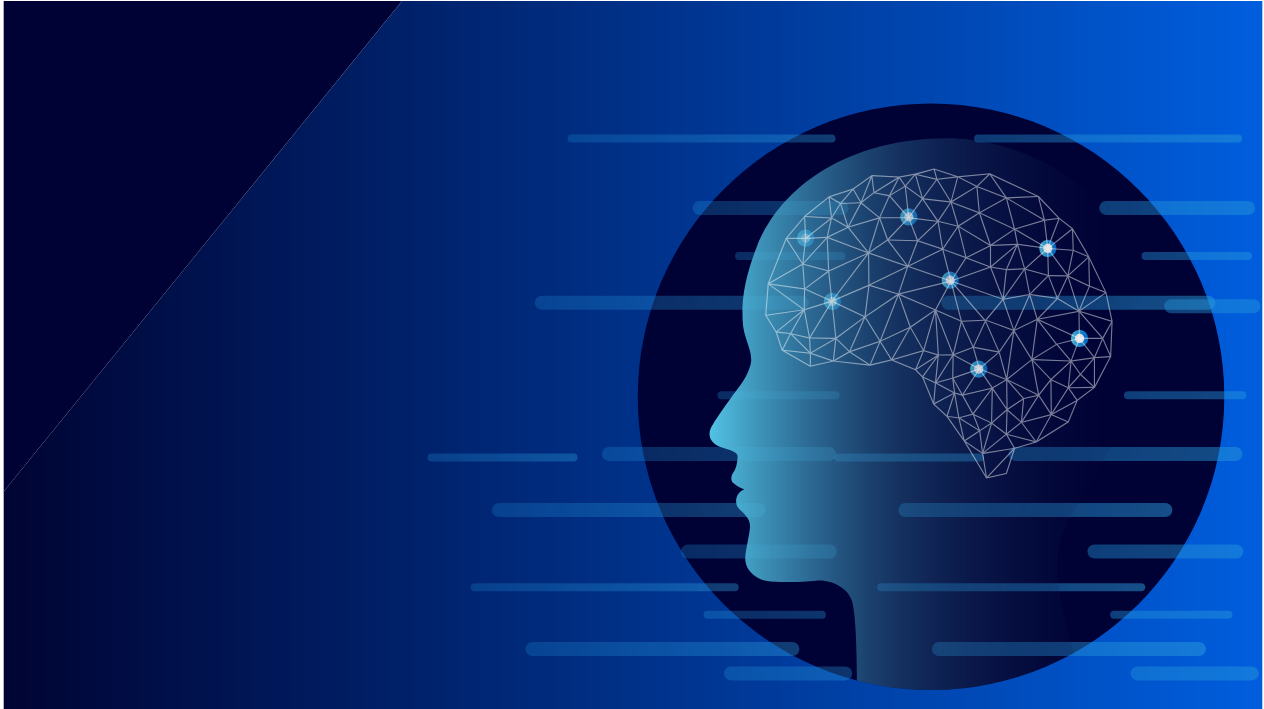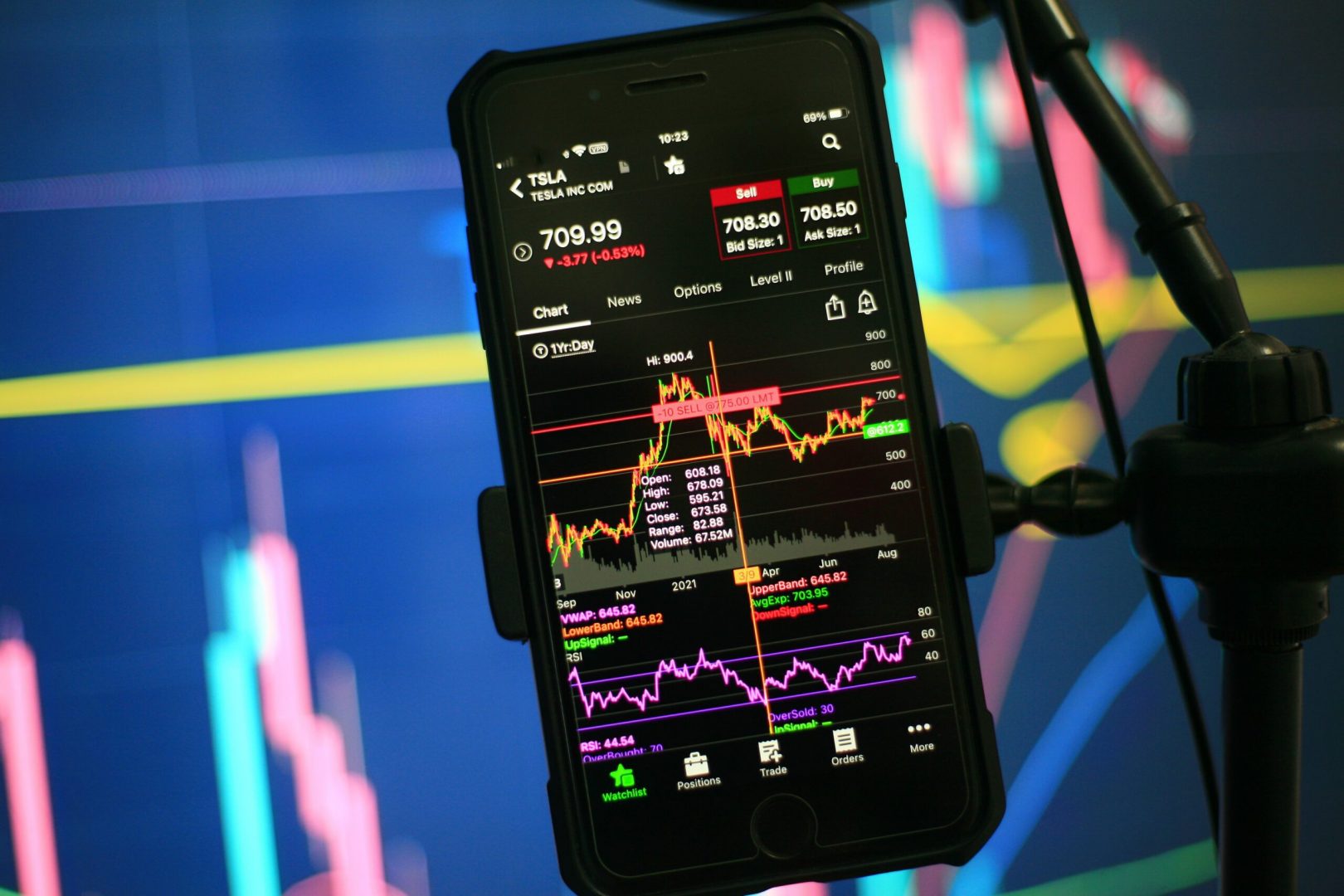Every single day, around 2.5 quintillion bytes of data are produced by humans. Since so much information is available, every data analytics organization is rushing to determine how to improve profitability based on predictive insights. Predictive analytics is extracting knowledge from vast volumes of data and forecasting upcoming actions, results, or relationships. Discover the advantages and disadvantages of predictive analytics by reading on.
One of the most common methods for businesses to find out about trends in their sector is predictive analytics. While there are advantages to industries, there are also certain disadvantages that companies should be aware of before hiring a predictive analyst.
What is predictive analysis?
Predictive analytics, sometimes called predictive intelligence, is a branch of data science that aims to produce precise and trustworthy insights into the propensity of future occurrences, trends, and relationships.
This type of study integrates statistical modeling, data mining, and machine learning into a single tool to enhance the decision-making process inside an organization. Companies adopting predictive analytics acquire a competitive edge in their sector by recognizing patterns and projecting how human behavior may affect their business favorably or unfavorably.
Who makes use of predictive analysis?
Predictive analytics software will be a part of every data analytics company’s arsenal. Yet, consumers are also allowed to use data analytics companies. Predictive analytics are helpful in any industry with access to various data on pertinent topics.
Several sectors have shifted to Big Data analytics to maintain competitiveness and enhance company procedures in recent years. The following are only a few of these sectors:
Retail businesses
Predictive analytics is used by retail businesses to determine how well a shop performs in terms of meeting sales goals, how online sales fare, and what has to be done to increase profits. This type of research is used in the retail sector to determine what products or places people like to shop by looking at how they act.
Healthcare
Purchasing predictive analytics software enables hospitals to manage supply chains, foresee and stop patient deterioration, and prevent patient suicide and self-harm, among other things. Also, it can hasten a patient’s diagnosis and point out the kind of treatments that will benefit them the most.
Providing healthcare
To enhance patient health outcomes, the pharmaceutical sector uses predictive intelligence. Pharmaceutical businesses may help patients become more aware of the therapeutic alternatives available to them by incorporating data from predictive analysis into marketing initiatives.
Financial institutions and banking
Predictive analytics improves financial procedures and provides information to address company issues. This type of research is crucial for the banking and financial services sector since it helps forecast sales, supply networks, and spot fraud.
Insurance
Predictive analytics simplifies a company’s risk evaluation for each client, formerly done manually in the insurance sector. This not only helps businesses save time but also makes their risk management procedures better.
When insurance businesses use predictive analytics, they can better spot fraudulent claims, decide how to prioritize resources, and save operational costs.
Analysing Data
The oil and gas sector uses predictive analytics to avoid supply chain disruptions worldwide. Oil and gas businesses can maintain smooth operations and take precautions to lower environmental risk by anticipating when essential apparatus will need repair.
Public Sector And Government
Predictive analytics software assists government organizations in various ways, including helping them avoid harm to information technology, stop financial losses, and even save lives.
The federal government has a distinct edge in the predictive analysis since the public sector depends significantly on databases. Government organizations utilize this study to inform military, security, human services, and healthcare policy.
Aerospace
Like the oil and gas sector, the aircraft sector uses predictive analytics to recommend preventive maintenance to airlines. Airlines can stop issues from emerging altogether rather than reacting to a problem after it arises. The aircraft sector benefits from predictive analytics in terms of safety and dependability.
Bolsters Decision-Making
The quantity of data a company has access to closely corresponds with how much predictive analysis may enhance a company’s decision-making process. This correlation is helpful for many businesses.
Boosts effectiveness
Predictive maintenance is standard in many sectors to maintain machinery and minimize supply chain interruptions. Operations problems not only hurt profits but also have a big effect on the industry as a whole. For example, if there was a big problem with oil and gas supplies around the world, the price of gas might go up.
Predictive upkeep
By avoiding equipment failure, predictive analysis improves productivity as well. Moreover, it may help businesses find innovative methods to reduce wasteful spending and optimize corporate processes, enabling quicker trend adaptation.
Makes Risk Management Better
The daily operations of every sector include some level of risk. Businesses’ success may depend on how they manage these risks. The appropriate kind of risk management enables enterprises to develop and prosper.
Improves Sales
Predictive analytics can assist businesses in increasing profits by looking at patterns in human behavior. Organizations may use this type of data analysis to follow specific clients and develop individualized marketing plans based on each person’s preferences.
Market Research Analytics
Businesses can tell the difference between successful and unsuccessful marketing campaigns in order to determine what a customer requires in order to desire a product.
Predictive analytics disadvantages
Even though predictive analytics tools can be useful for a company, their leaders need to be aware of a few problems with them.
Optimisation Of Data
Having specific objectives or issues to resolve before a business engages in predictive analytics is crucial. Instead, valuable time and resources could be used to mine data for understanding that has no relationships.
Lack of information
Businesses use predictive analysis under the premise that there is sufficient data at hand to produce insightful information. What occurs, though, if a data set needs to be completed? An inadequate data collection will distort findings, increasing the dangers to a corporation.
Some Data Might Need To Be Corrected.
Businesses that rely on survey data know that not all clients supply truthful or precise information. People may be less swayed by personal misgivings than by dishonesty, which is why inaccurate data can happen. Only accurate data, however, will offer slanted insights.
Preparing Data
Although predictive analysis is fantastic in principle, it is essential to see it in practice to comprehend how it might impact an organization’s daily operations.
Real-world applications of predictive analytics
The decision-making process in the medical area can be enhanced using predictive analytics. For example, researchers at the University of Michigan used predictive analysis to make a blood test that lets doctors know how a patient will react to treatment months ahead. This enables doctors quickly change the course of treatment.
Business
The benefits and drawbacks of business big data analytics are unique to the industry. Businesses that apply predictive analysis insights improve their clients’ consumer experiences. This information is gathered through social media, customer loyalty programs, relationship management tools, and other ways customers interact with a business. Investments in cutting-edge analytics provide companies with a competitive advantage. If you try to figure out what people like and how they act, first-time buyers will likely buy from you again.
Conclusion
Because technology has become so crucial to daily life, organizations will need predictive analytics more and more to stay afloat. Predictive analysis can address the issues raised in this article as the field develops










1 Comment
[…] an emphasis on how these new AI duties affect the employment market, let’s take a closer look at the many tasks that artificial […]